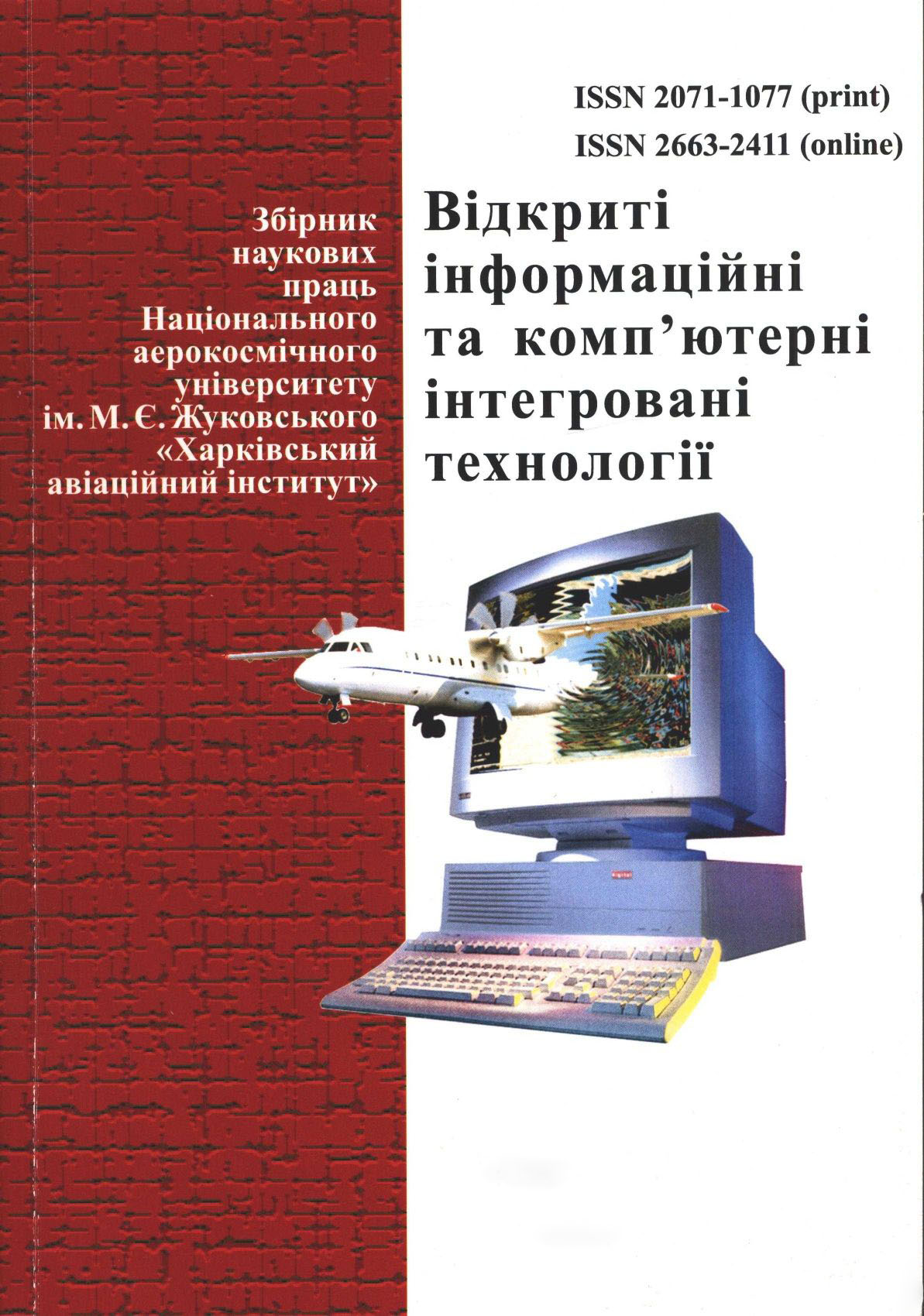Перспективи використання технологій генеративного штучного інтелекту, що перетворюють текст на зображення для візуалізації сновидінь

Открыть
Дата
2025Автор
Мандрікова, Л.В.
Чухрай, А.Г.
Шаповал, М.В.
Metadata
Показать полную информациюАннотации
У статті розглянуто актуальність і перспективи використання технологій генеративного штучного інтелекту, що здатні перетворювати текст на зображення, зокрема для візуалізації сновидінь. Основну увагу приділено розробці алгоритму, який включає аналіз тексту, визначення ключових елементів та емоційних конотацій, а також генерацію візуальних образів. Особливістю запропонованого підходу є можливість створення зображень, які вже не зберігають логічної послідовності вихідного тексту, що дозволяє більш точно відображати природу несвідомого. Таким чином, ця технологія слугує засобом безпосередньої демонстрації символічних і образних маніфестацій несвідомих процесів людської психіки.
Дослідження базується на концепції «технологій як розширення людської істоти» Маршалла Маклюена. Ця концепція підкреслює можливість технологій виходити за межі звичайних людських можливостей, роблячи доступними глибинні аспекти несвідомого, які зазвичай залишаються поза увагою свідомості. У цьому контексті технології генеративного штучного інтелекту виступають засобом для розкриття символічних і архетипічних структур, прихованих у психіці, створюючи образи, що звільнені від обмежень свідомої обробки.
Особливу увагу приділено необхідності врахування точки зору сновидця, визначеної через «ракурс зору», тобто позицію, з якої відбувається сприйняття образів у сновидінні. Автори описують алгоритм, який дозволяє ідентифікувати зміни цієї точки зору протягом тексту, що відображає динаміку психічного досвіду. Наприклад, перехід від першої особи до третьої у текстовому описі сновидіння може бути інтегрований у візуалізацію шляхом динамічної зміни перспективи камери.
Також акцентується перспектива використання таких технологій не лише як інструменту індивідуального самопізнання через візуалізацію сновидінь, а й для розвитку ширшого спектру образного мислення. Візуальні маніфестації, отримані за допомогою генеративних моделей, можуть сприяти інтеграції різних аспектів психіки, стимулюючи творчість, емпатію та рефлексію. Такий підхід спрямований на відновлення зв’язку між свідомим і несвідомим, що є важливим для особистісного зростання і гармонійного розвитку.
Запропонована технологія генеративного штучного інтелекту спрямована не лише на візуалізацію сновидінь, а й на стимулювання творчого мислення, розвиток інтегративних процесів психіки та відкриття нових горизонтів для особистісного і суспільного розвитку. The article discusses the relevance and prospects of using generative artificial intelligence technologies to convert text into images, particularly for dream visualization. The main attention is to develop an algorithm that includes text analysis, identification of key elements and emotional connotations, and generation of visual images. The peculiarity of the proposed approach is the ability to create images that no longer retain the logical sequence of the original text, which allows for a more accurate reflection of the nature of the unconscious. Thus, this technology serves as a means of direct demonstration of symbolic and figurative manifestations of unconscious processes of the human psyche.
The research is based on Marshall McLuhan's concept of "technology as an extension of the human being". This concept emphasizes the ability of technology to go beyond ordinary human capabilities, making available deep aspects of the unconscious that usually remain out of sight of consciousness. In this context, generative artificial intelligence technologies act as a means to uncover symbolic and archetypal structures hidden in the psyche, creating images that are freed from the limitations of conscious processing.
Particular attention is paid to the need to consider the dreamer's point of view, defined through the "perspective", that is, the position from which the images in the dream are perceived. The authors describe an algorithm that allows identifying changes in this point of view throughout the text, which reflects the dynamics of mental experience. For example, the transition from the first person to the third person in a textual description of a dream can be integrated into the visualization by dynamically changing the camera perspective.
The authors also emphasize the prospect of using such technologies not only as a tool for individual self-knowledge through dream visualization but also for the development of a wider range of imaginative thinking. Visual manifestations obtained with the help of generative models can contribute to the integration of various aspects of the psyche, stimulating creativity, empathy, and reflection. This approach is aimed at restoring the connection between the conscious and the unconscious, which is important for personal growth and harmonious development.
The proposed technology of generative artificial intelligence is aimed not only at visualizing dreams, but also at stimulating creative thinking, developing integrative processes of the psyche, and opening new horizons for personal and social development.
